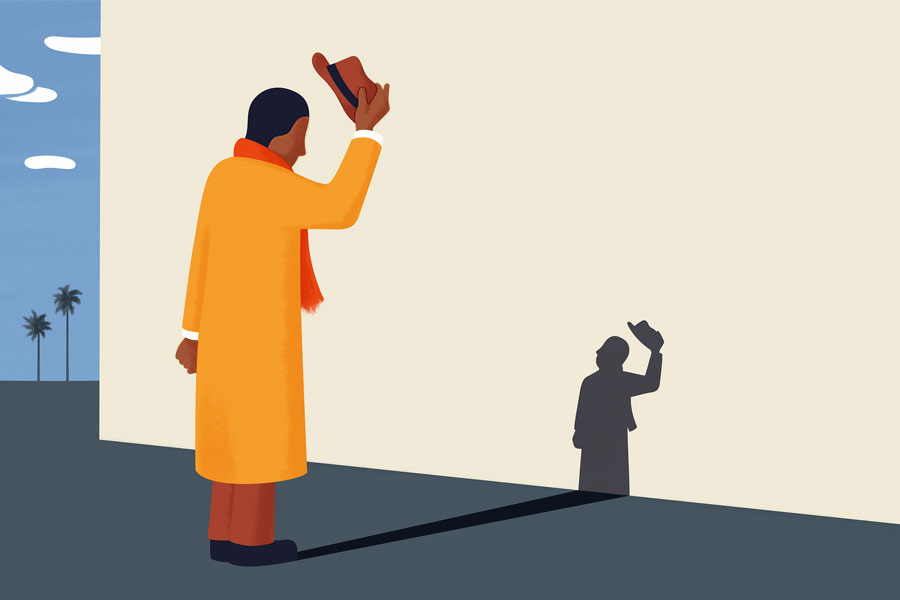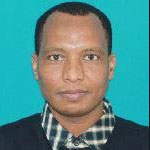
Fortune News | Aug 07,2021
Some people are creative animals. The 19th-century Norwegian philologist Ivar Aasen collected all of his country’s difficult regional speech, and created a national language. Then he shaped folke-maal(people’s language), replacing the Dano-Norwegian his fellow citizens had previously used, to enable all the nation’s different dialect users to understand one another.
Artificial languages like the one proposed by Descartes, the 17th-century French philosopher of the “I think therefore, I am” fame, are rare. One that is popular with mainstream science fiction enthusiasts is the Klingon language. It was conceived initially as a language for a race of aliens for the Star Trek cinematic universe. It went on to be developed further by Marc Okrand, a linguist, into a constructed language with its own writing system.
Esperanto is far better known than any of them, invented by the 20th century Lazarus Zamenhof, who thought that a world language would promote peace and understanding. It is believed that around 100,000 people speak the language now, with thousands of native speakers to boot.
While watching the stage dance competition on Balageru TV,where group and solo young hopefuls communicate through body language, this came to my mind. They narrate stories on stage, with a collection of exquisite local choreography, creating breathtaking images, which they believe attests to their talent and vision in cadence with their chosen music from various cultures. Dance does not come to mind right away as a language, and indeed it is not. But it is a mode of communication, a means for people to express their feelings and emotions.
There is drama and excitement in their body movements. It is composed of rapid motion, shaking and jumping, displays of several types of technique invented or at least inspired through popular selections of choreography. The best ones are group performances, which are major productions that require a range of competencies to make them look seamless and effortless to the audience. A co-creative space is constructed. Body language is communicated and spoken fluently – with the range and depth of someone who has practiced it endlessly – and a story is narrated through expressions captured, refined, and varied in sequences. Personal and group dynamics play a major part, along with appropriate attires and makeup to give colour to the performances and add to the ambience of the dance numbers.
Seeing the programme on Balageru TV, one almost hopes that there is an archive or museum of human movement, a place where choreographies can be collected and conserved in pristine form. I struggled much to keep pace with the competition, even replaying some of the dances to identify the movements that are atypical of the diversity of the country’s lingo-cultural groups.
The show is in harmony with the adage that many minds can be wiser than one, as manifested by contestants in staging their show. It is the power of collective wisdom that helps embellish the choreography and gives it depth. Sure, there would normally be a designated choreography, but each dancer in the group brings with them a dynamic and energy where the whole of the performance becomes more than a sum of its parts.
Another important aspect of such programmes and competitions is their inspiration to engage in physical activities such as dancing. We spend much of our lives glued to computers and smartphones – devices designed to keep our eyes engaged and our body in a seated position as long as possible. For a change, these TV programmes inspire us to go out and engage in physical activities. We may not have perfected our moves to the fluency of the body language of those on stage, but at least we would have fun being novice speakers.
PUBLISHED ON
Jul 18,2021 [ VOL
22 , NO
1107]


Fortune News | Aug 07,2021

View From Arada | Mar 05,2022

Viewpoints | Aug 10,2019

My Opinion | May 11,2019

View From Arada | May 23,2021

Radar | Apr 01,2024

Viewpoints | Oct 02,2021

Life Matters | Dec 04,2020

Verbatim | Dec 29,2018

Viewpoints | Apr 30,2022

Dec 22 , 2024 . By TIZITA SHEWAFERAW
Charged with transforming colossal state-owned enterprises into modern and competitiv...

Aug 18 , 2024 . By AKSAH ITALO
Although predictable Yonas Zerihun's job in the ride-hailing service is not immune to...

Jul 28 , 2024 . By TIZITA SHEWAFERAW
Unhabitual, perhaps too many, Samuel Gebreyohannes, 38, used to occasionally enjoy a couple of beers at breakfast. However, he recently swit...

Jul 13 , 2024 . By AKSAH ITALO
Investors who rely on tractors, trucks, and field vehicles for commuting, transporting commodities, and f...

Jul 5 , 2025
Six years ago, Ethiopia was the darling of international liberal commentators. A year...

Jun 28 , 2025
Meseret Damtie, the assertive auditor general, has never been shy about naming names...

Jun 21 , 2025
A well-worn adage says, “Budget is not destiny, but it is direction.” Examining t...

Jun 14 , 2025
Yet again, the Horn of Africa is bracing for trouble. A region already frayed by wars...